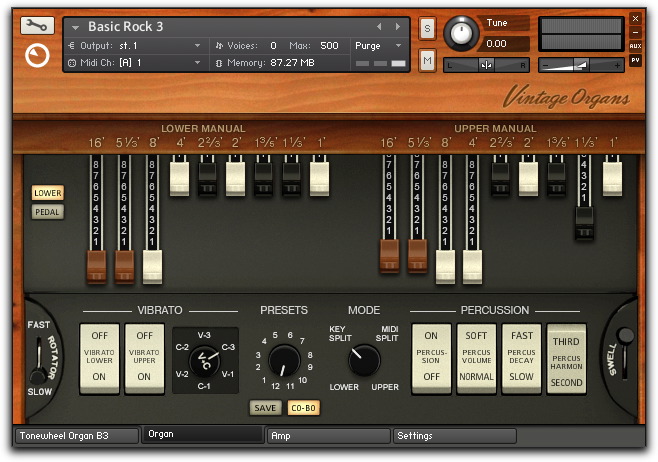

A lot of times I just use the packs that are inside Battery, because I can utilize them easily as a loop – and then afterwards I can build other drums around that, but it’s a great way to get started. So when you’re talking about making the drums in Battery – are you using the sounds within Battery, or sampling live drums, or yourself drumming?Ī lot of times I sample my own drum kit and I can throw that in. I don’t really utilize the four-track situation, you know. I do everything one at a time through the tape machine. You can see something I recorded onto tape and that’s going into this Warm preamp, and from there it’s going into my Apogee Ensemble interface and I have it coming up here in Logic. And then from there, I can kind of just record everything to tape – like a melody on the Juno – and then align it with the drum loop. For instance, I have a song I started and I used Battery to make a drum loop, then I ran the drum loop through the tape machine and then back into the computer. One really basic way I’ve used a lot is recording instruments one at a time through the tape machine and then from there just getting it right into the DAW. I’ve found a few different ways to utilize the reel-to-reel. I’ve got this big one, which is cool, but it’s this little TEAC A-2300 that has all the magic. They kind of have the right balance of lo-fi-ness. So I started messing around with what would be the step up – which are these great 1970s consumer reel-to-reels – just to get a little more character in my recordings. I started getting cassette machines and I was instantly like, “This sounds so cool.” But when it came to releasing music I didn’t want to alienate anyone by being too lo-fi. I even had a Juno and some analog instruments, but I was struggling because everything sounded like it had no character. I was having a lot of trouble and getting really frustrated with how sterile it sounded. When I started doing Day Wave, I had already been making music for a few years and recording my own songs. Can you talk us through what it’s hooked up to and what you use it for?

I’m really interested in how you use the reel-to-reel tape machine in your production process. On a recent episode of Real Talk – our weekly Instagram Live show with Vivian Host aka Star Eyes – Jackson served up some killer tips on how he writes indie rock songs using electronic means. Just grab the stems, spin them into your own take on Day Wave’s sound, and you could win a top prize that includes KOMPLETE 12 ULTIMATE.
#Native instruments battery 4 drums full
It sounds like a full band, even though it’s just me.”Īnd it’s those West Coast sounds that provide the vibes of his recent single “Potions,” which you can remix right now over on metapop. It has that kind of Beach Boys timbre, you know. “A lot of people say it’s California-sounding, I think because of the combination of the Fender Telecaster guitar with the spring reverbs. “The sounds that really go along with Day Wave are vintage tape machines, guitars, drum machine loops and the Juno 60,” he explains.

Even though analog gear – guitars, drums, synths and ’70s reel-to-reel tape player – remains at the core of his sound today, a computer running Logic and Native Instruments plug-ins is crucial to his recording, mixing and mastering process, whether producing for himself or people like Pete Yorn and Hazel English. While studying as a jazz drummer at Boston’s prestigious Berklee School of Music, Jackson got turned onto FM synthesis and electronic music production. As Day Wave, California native Jackson Phillips takes influence from the Beach Boys, Joy Division and My Bloody Valentine and turns it into beautifully deconstructed dream pop.


 0 kommentar(er)
0 kommentar(er)
